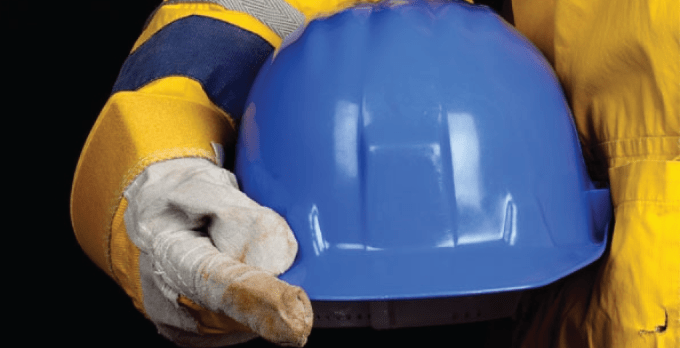
Having safety as a core value will allow you to foster a culture of safety within your organization
Culture is traditionally defined as beliefs and behaviors that are passed down from generation to generation. Within an organization, each new employee represents each generation. This is potentially a double-edged knife, as these new employees will adopt the safety behaviors of their co-workers – both positive and the negative.
A post-mortem for a recent industrial accident was that hazard training had been passed down by the experience of others, rather than be formally taught. This ad-hoc safety system resulted in poor guidance for new workers on safety protocol. To prevent this from happening, managers need to regularly ask themselves Whose behaviors are our new people adopting? Are these behaviors we want shared?.
There is a very dramatic difference between safety culture and a culture of safety. A safety culture describes the beliefs and behaviors of the organization. A culture of safety can be positive or negative – it may be focused on reducing incidents, or workers could carry the behavior of tolerating unsafe behavior.
A strong safety culture creates the required framework within an organization. The development and maintenance is the responsibility of top management, while the attitude of staff at all different levels respond to the framework.
When building a culture of safety, management should foster an environment that has safety as its core value, allowing it to permeate through the minds of each employee. To help instill a strong culture of safety in day-to-day operations, management should take into consideration the following principles.
Support
To build and maintain a strong culture of safety, management needs to buy-in to its safety programs and ensure that it stays relevant as the company grows. When safety is a core value, the organization is committed to prioritizing the well being of its workforce over other demands.
Accountability
Employees need to be encouraged to speak up when they observe hazards or unsafe behavior. If someone stops their work because they notice or feed unsafe, they should be praised for demonstrating the desired behavior of speaking up for safety.
Reward
Management should elevate and reward workers who support the culture of safety
Train
Unsafe behaviors are the fault of no-one, it is the result of our default personality. Fortunately through personalized coaching and self-study, we can improve our safety related behaviors to reduce workplace incidents.
It Comes Down to You
Workers still rely on safety policy compliance; procedures in everyday operations rather than an investment in safety. Safety should become a personal value. One’s attitude toward safety is a choice to believe in safety for yourself and your teammates. In a culture of safety you are the key to reducing incidents.










